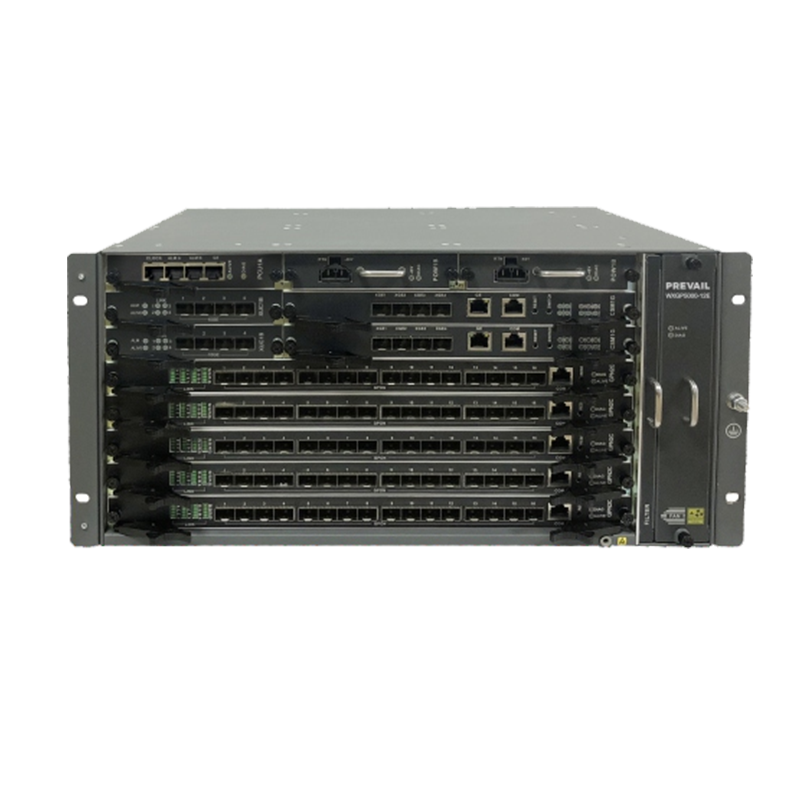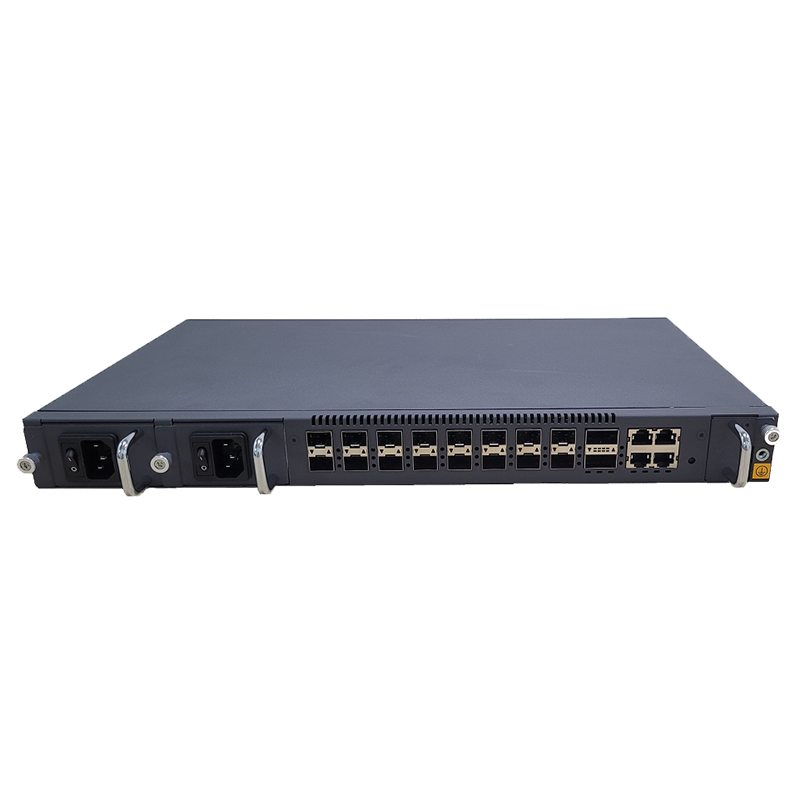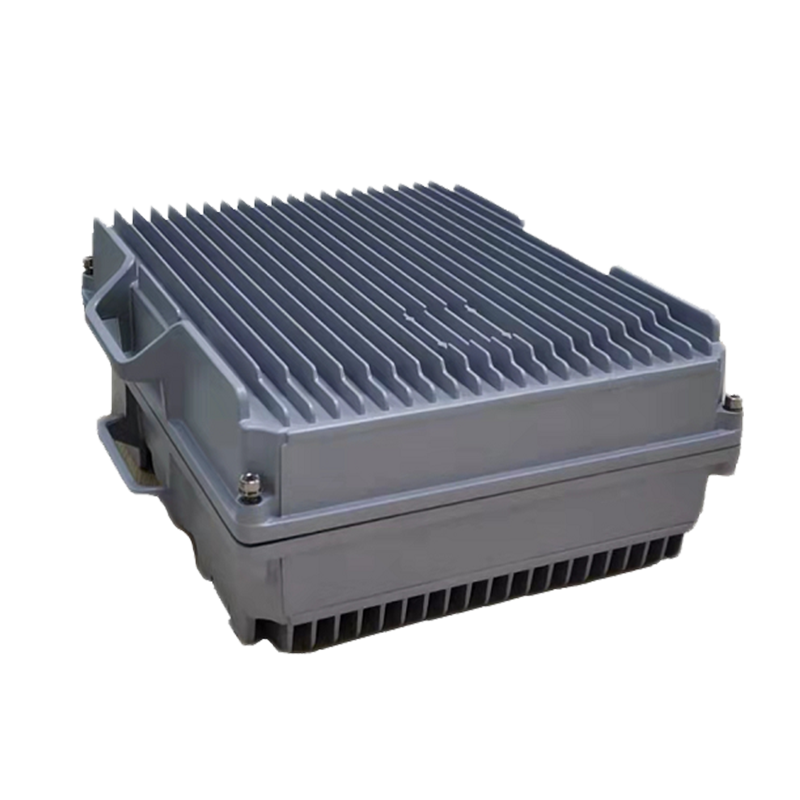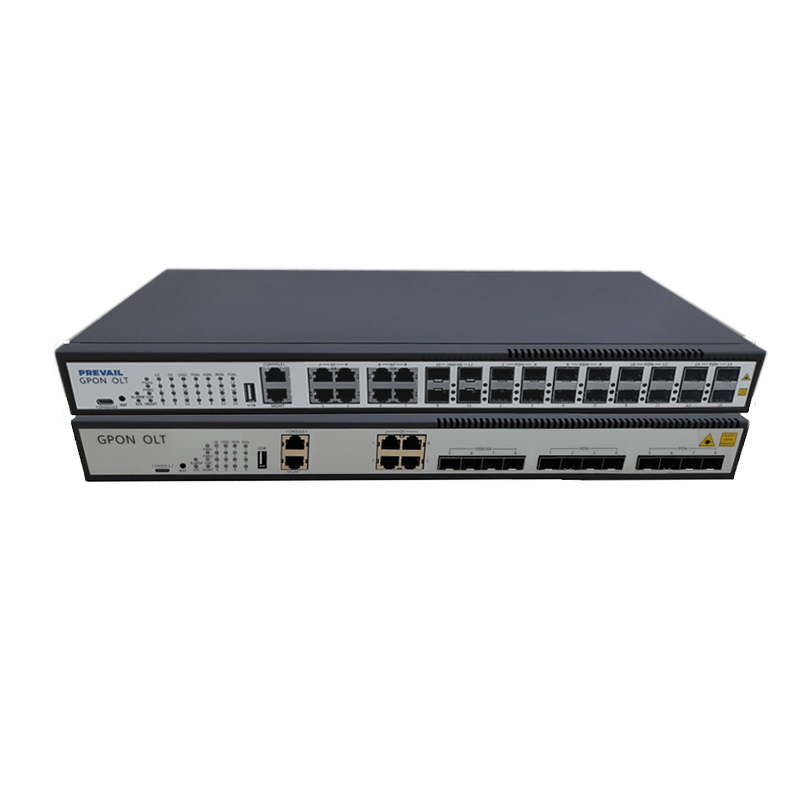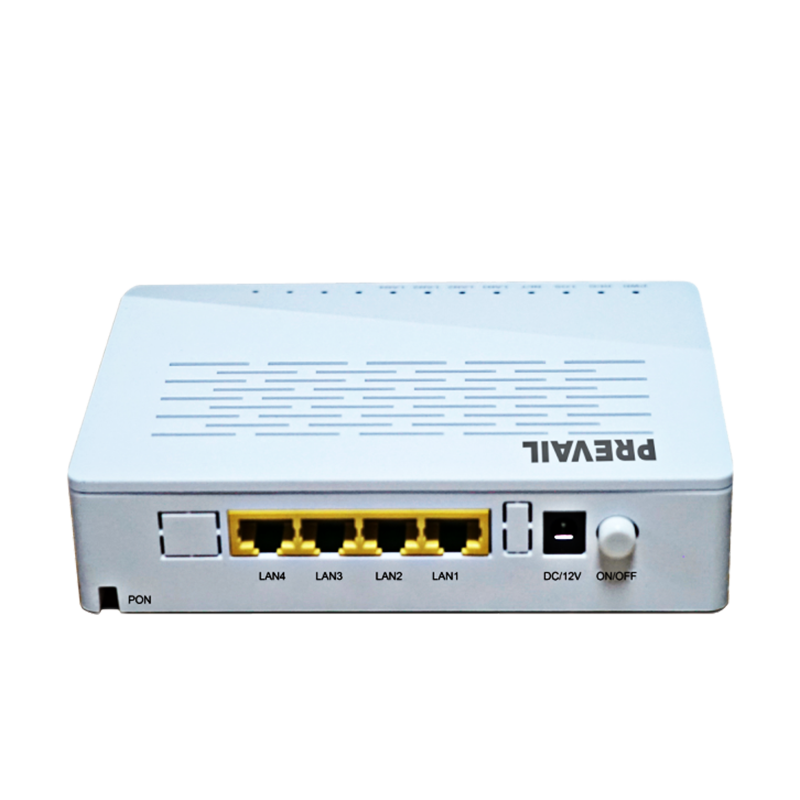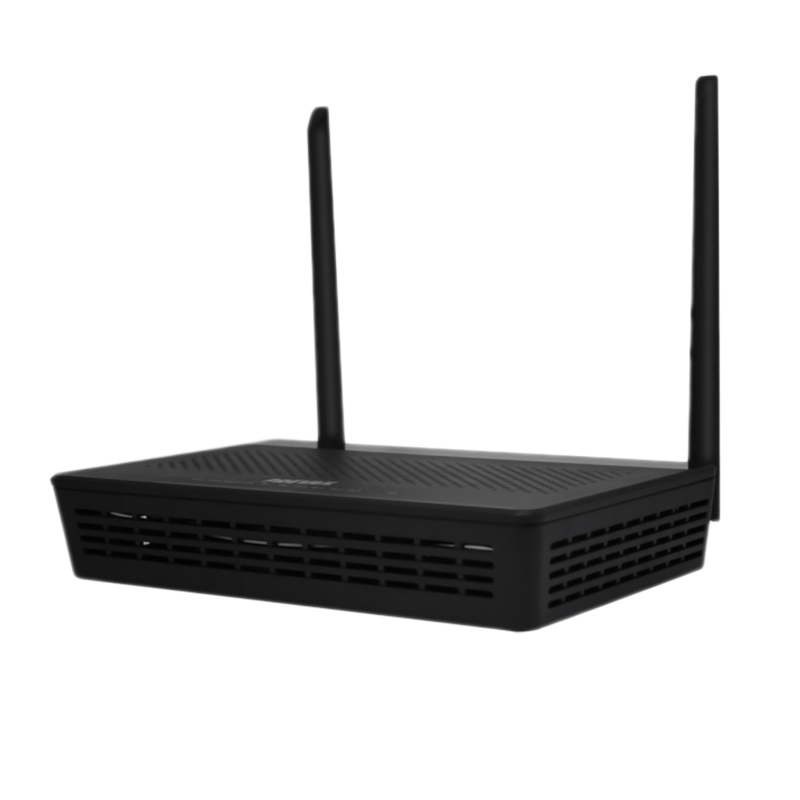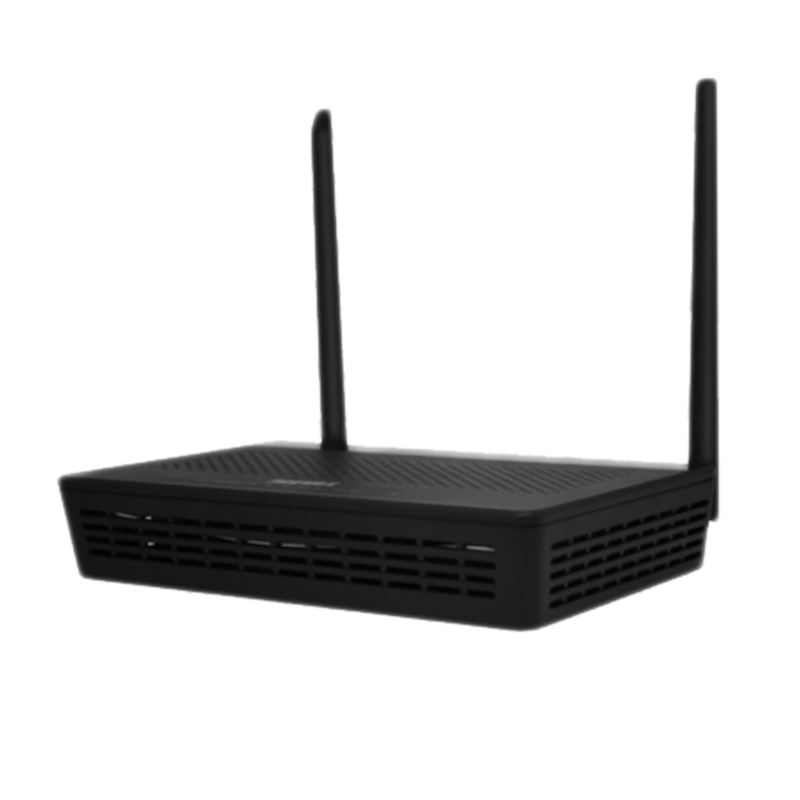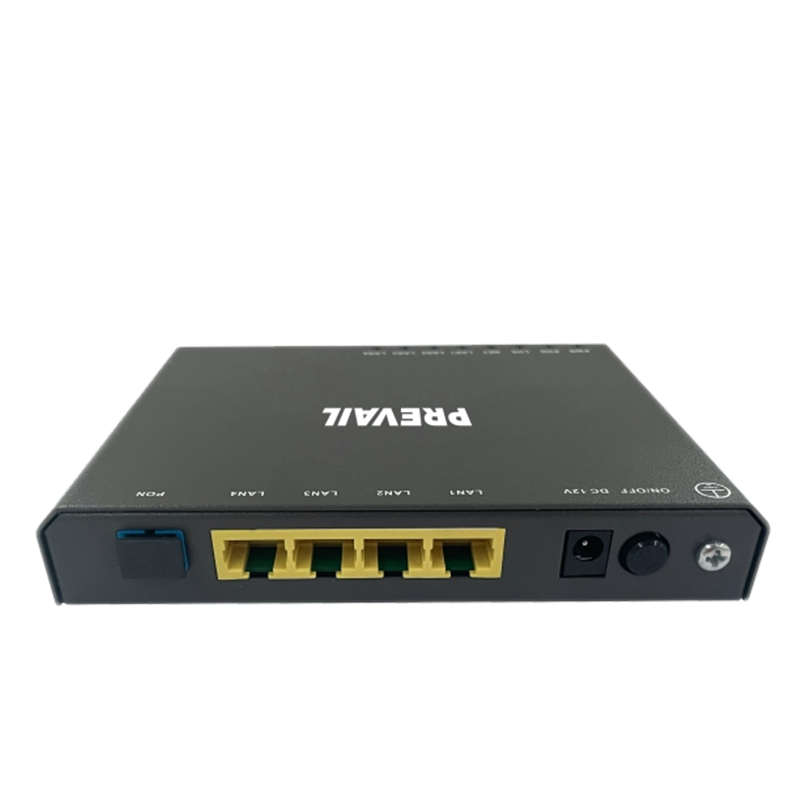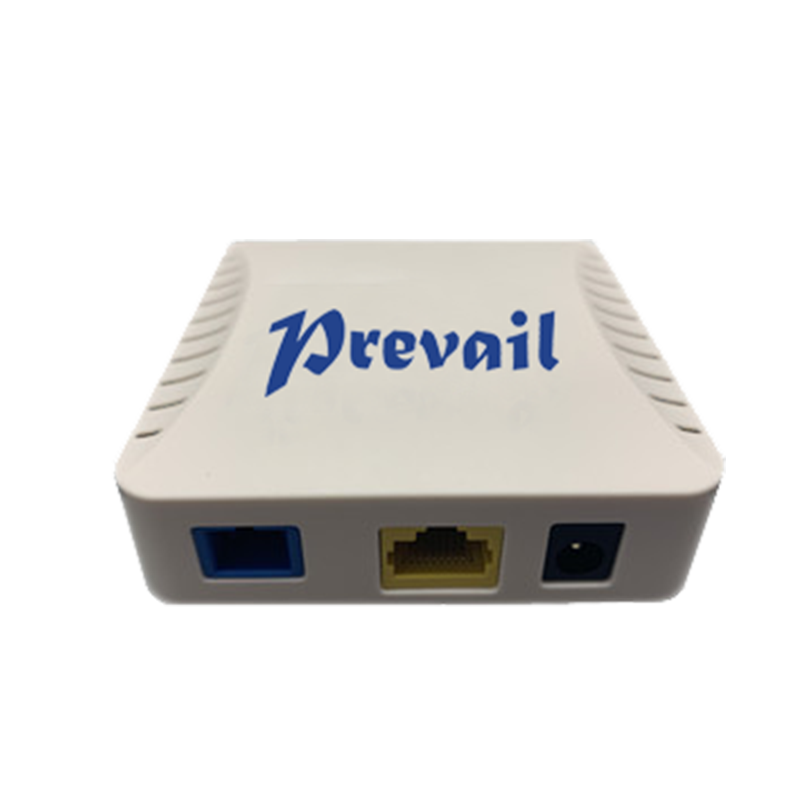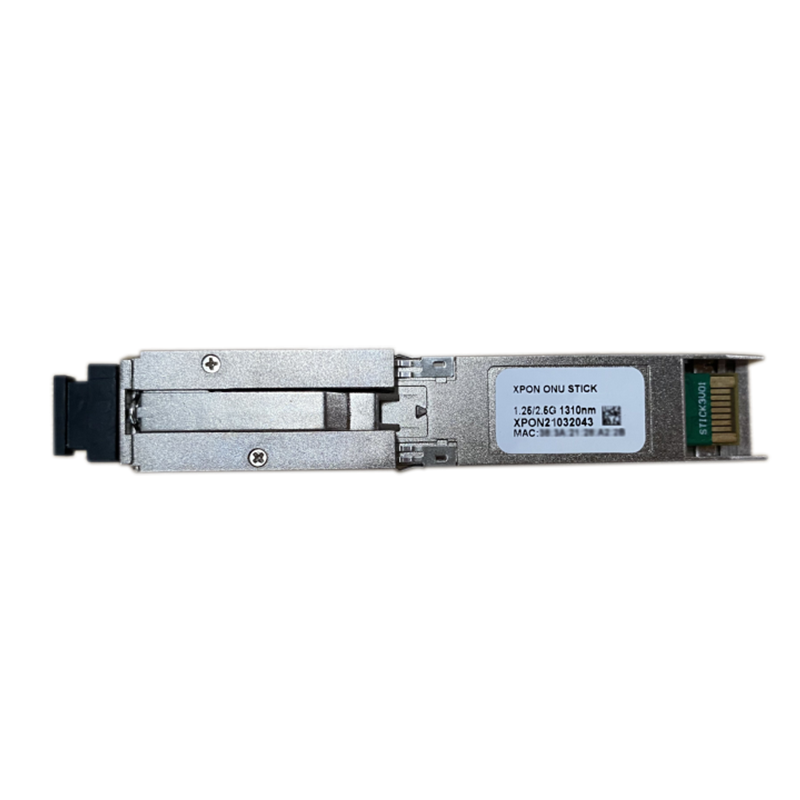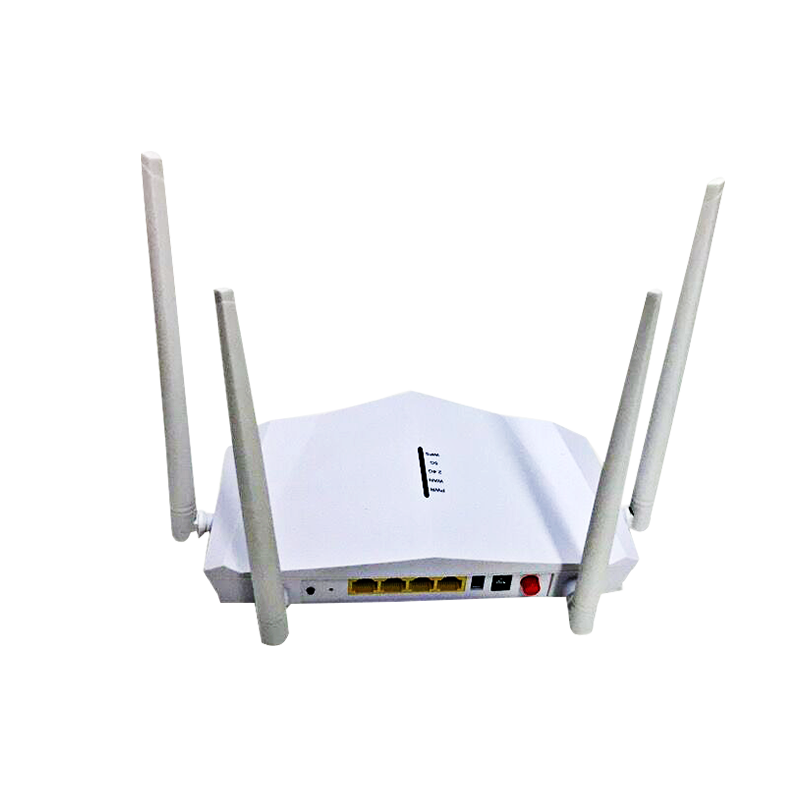FTTH optical receiver: the core component of fiber-to-the-home technology
With the rapid development of Internet technology, people have higher and higher requirements for network speed and quality. Fiber to the home (FTTH) has become an important part of modern communication networks as a high-speed and stable network access method. As the core component of this technology, FTTH optical receivers undertake the important task of converting optical signals into electrical signals. This article will introduce the working principle, types, applications and maintenance points of FTTH optical receivers in detail.
Working principle of FTTH optical receivers
The working principle of FTTH optical receivers is based on the photoelectric effect. In optical fiber communication, information is transmitted in optical fibers through optical signals emitted by lasers. When the optical signals reach the user end, the optical receiver receives these optical signals and converts them into electrical signals through photodiodes or phototransistors. These electrical signals are then further processed to restore the original digital or analog information.
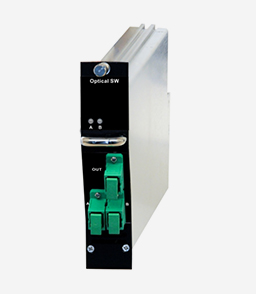
Types of FTTH optical receivers
PIN diode optical receivers: using PIN (P-I-N) structured diodes as photoelectric conversion elements, with high response speed and low noise.
APD (Avalanche Photodiode) optical receiver: With gain function, it can work at low optical power and improve receiving sensitivity.
Wavelength tunable optical receiver: It can be adjusted according to different wavelengths and is suitable for wavelength division multiplexing (WDM) system.
Integrated optical receiver: Integrate photoelectric conversion elements, amplifiers, filters, etc. on a single chip, reducing size and improving performance.
Application areas of FTTH optical receivers
Home broadband access: Provide high-speed Internet access services for home users.
Enterprise network: Provide enterprises with stable and high-speed network connections, supporting applications such as data transmission and video conferencing.
Data center: Inside the data center, it is used for high-speed data transmission and storage.
Smart grid: In the smart grid system, it is used to achieve high-speed and reliable data communication.
Key points for selecting FTTH optical receivers
Sensitivity: Select an optical receiver with high sensitivity to ensure normal operation even at low optical power.
Bandwidth: According to the requirements of network speed, select an optical receiver with sufficient bandwidth.
Stability: Select an optical receiver with stable performance and high reliability to ensure the continuity and stability of the network.
Compatibility: Ensure that the optical receiver is compatible with existing optical fiber network equipment.
Maintenance points of FTTH optical receivers
Cleaning: Clean the optical interface of the optical receiver regularly to prevent dust and dirt from affecting signal transmission.
Temperature control: Keep the optical receiver working within a suitable temperature range to avoid overheating or overcooling affecting performance.
Regular inspection: Check the performance of the optical receiver regularly to find and solve problems in time.
Shockproof: Avoid severe vibration of the optical receiver to avoid damage to internal components.
As the core component of fiber-to-the-home technology, FTTH optical receivers are essential for achieving high-speed and stable network access. With the continuous advancement of fiber-optic communication technology, the performance and application scope of FTTH optical receivers will be further improved and expanded. Correct selection and maintenance of optical receivers can ensure efficient operation of the network and high-quality experience for users.





